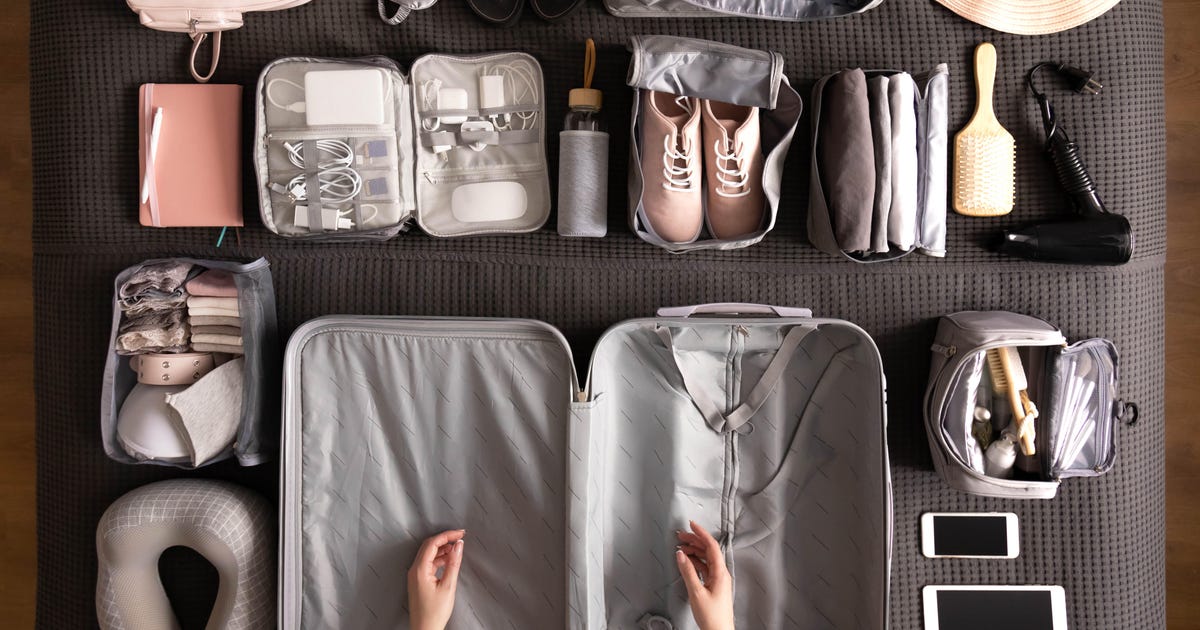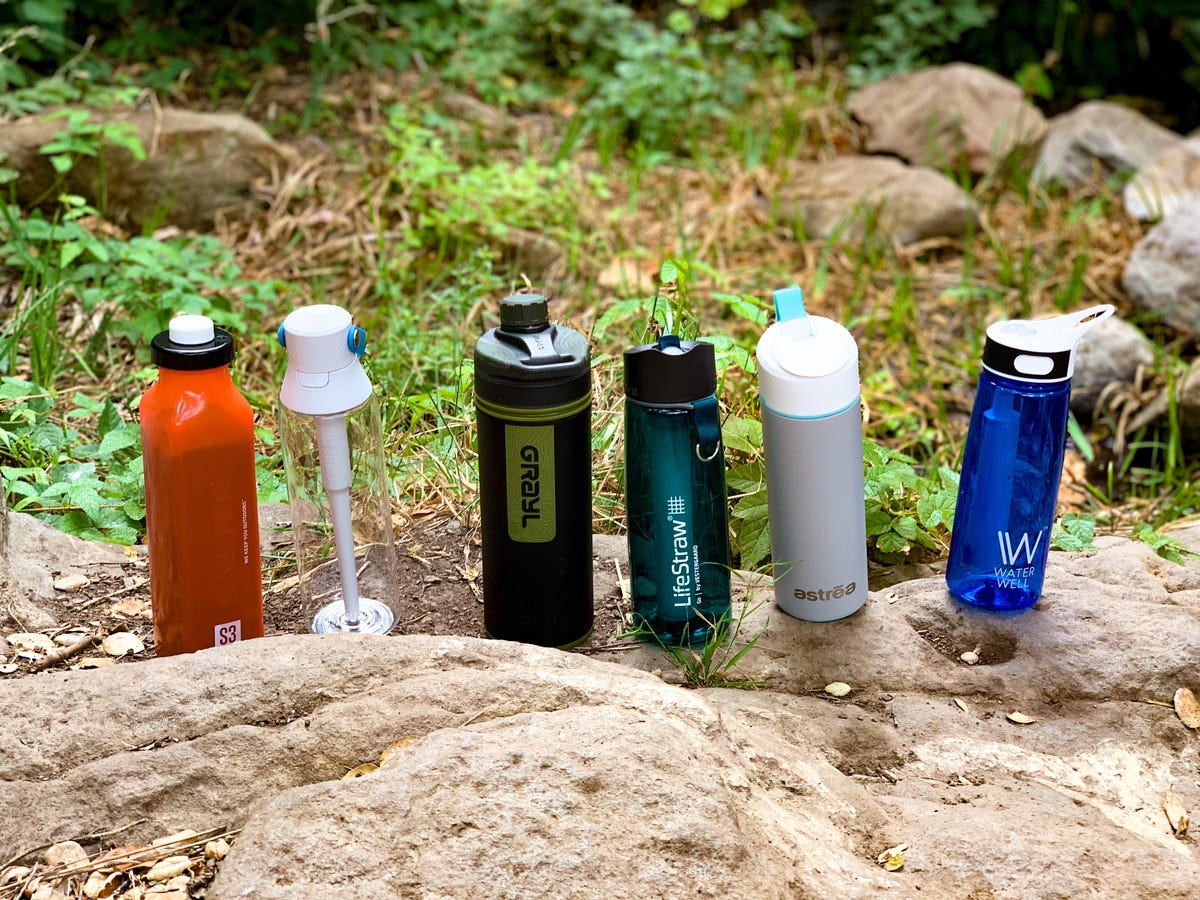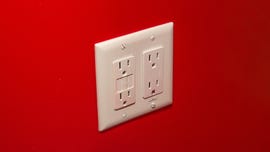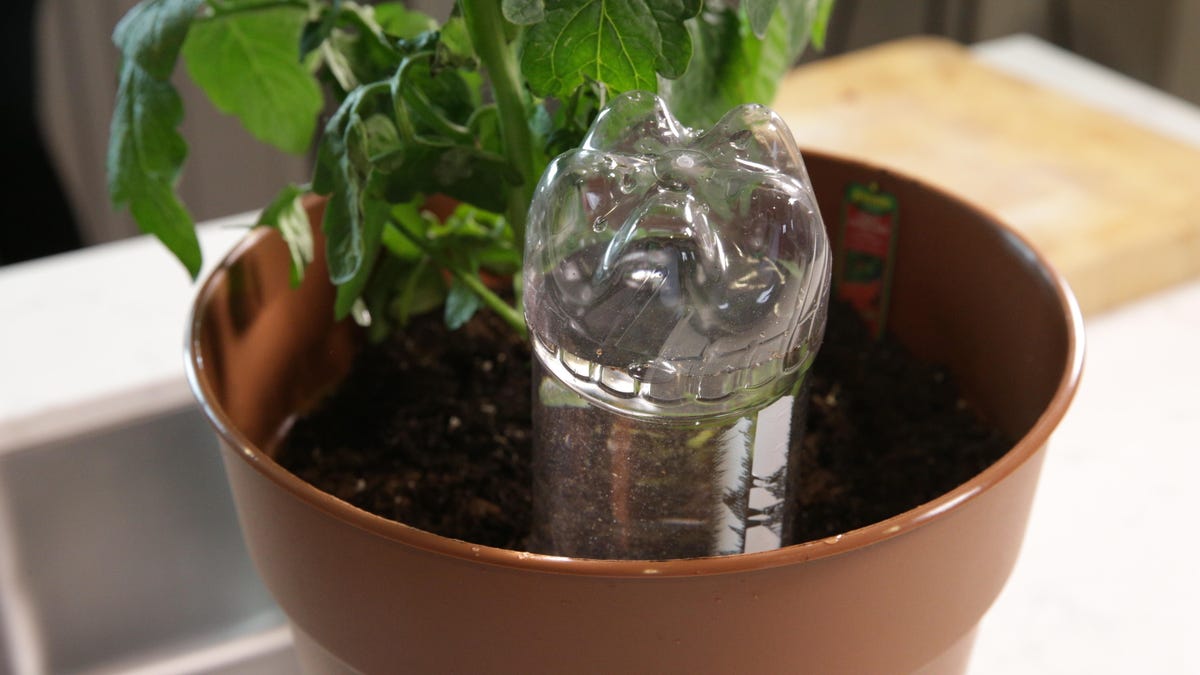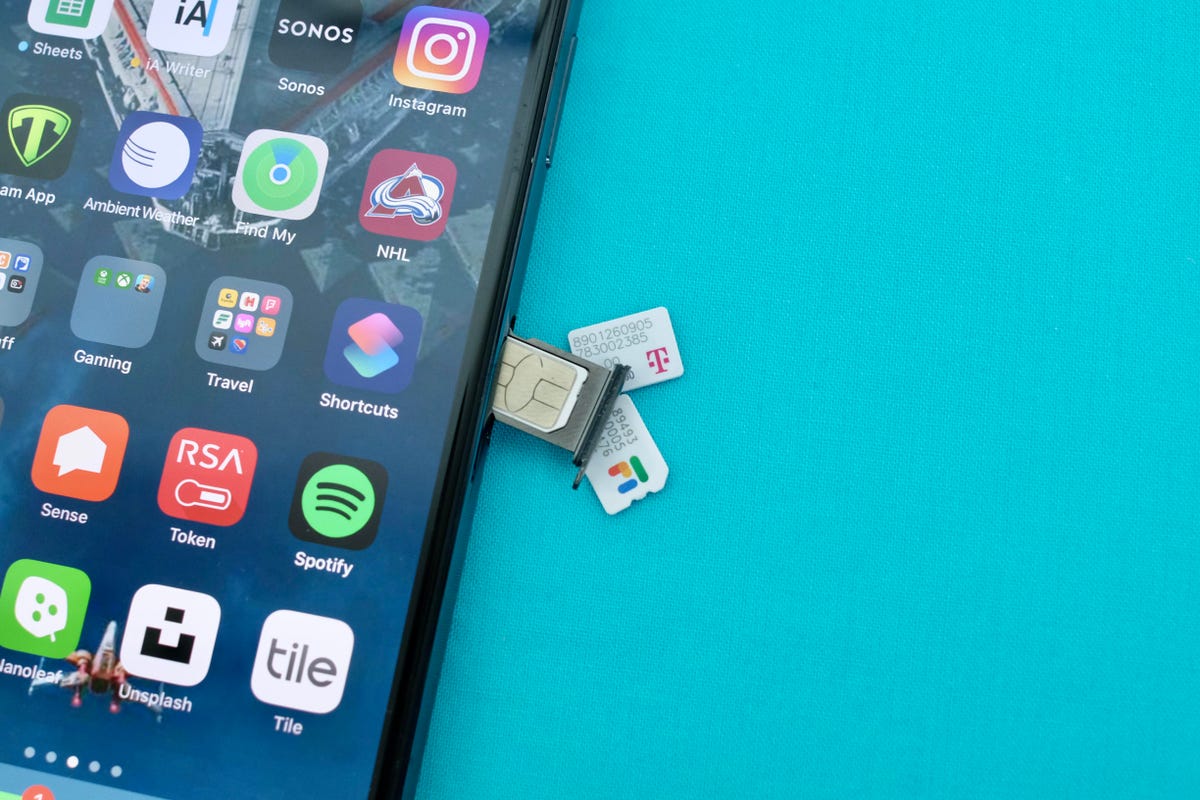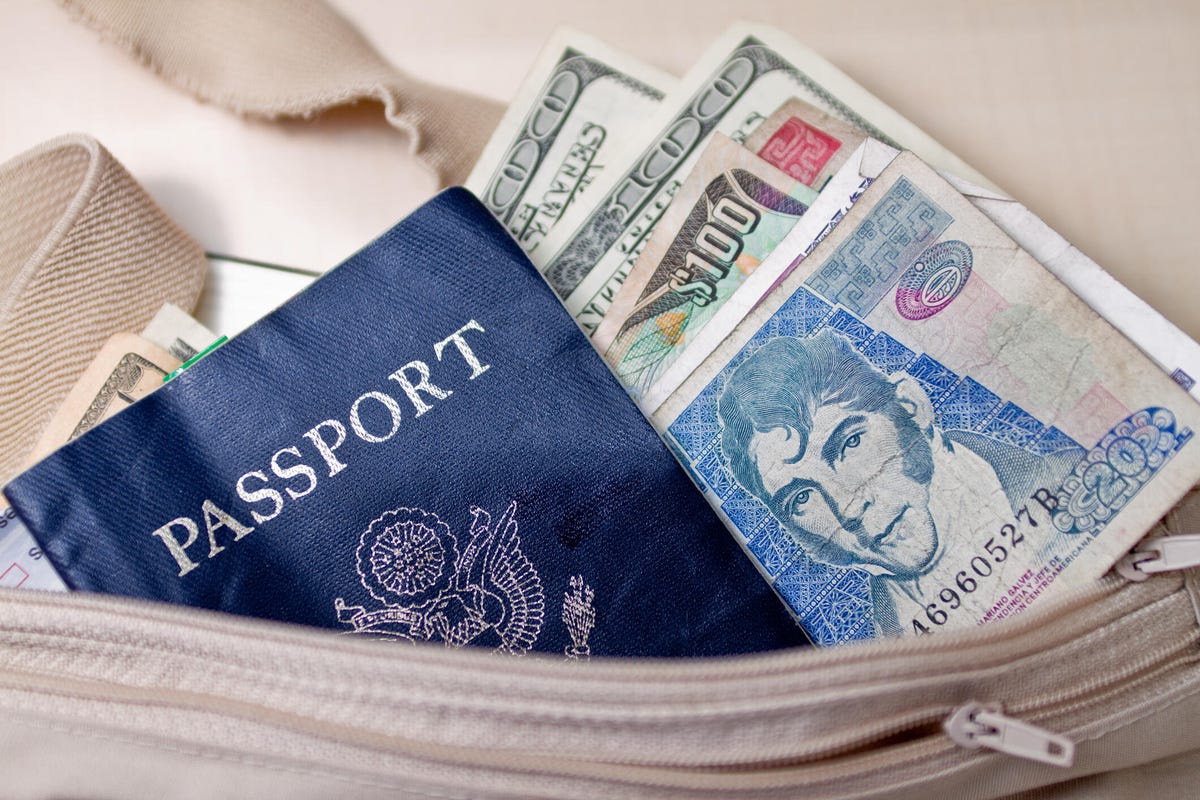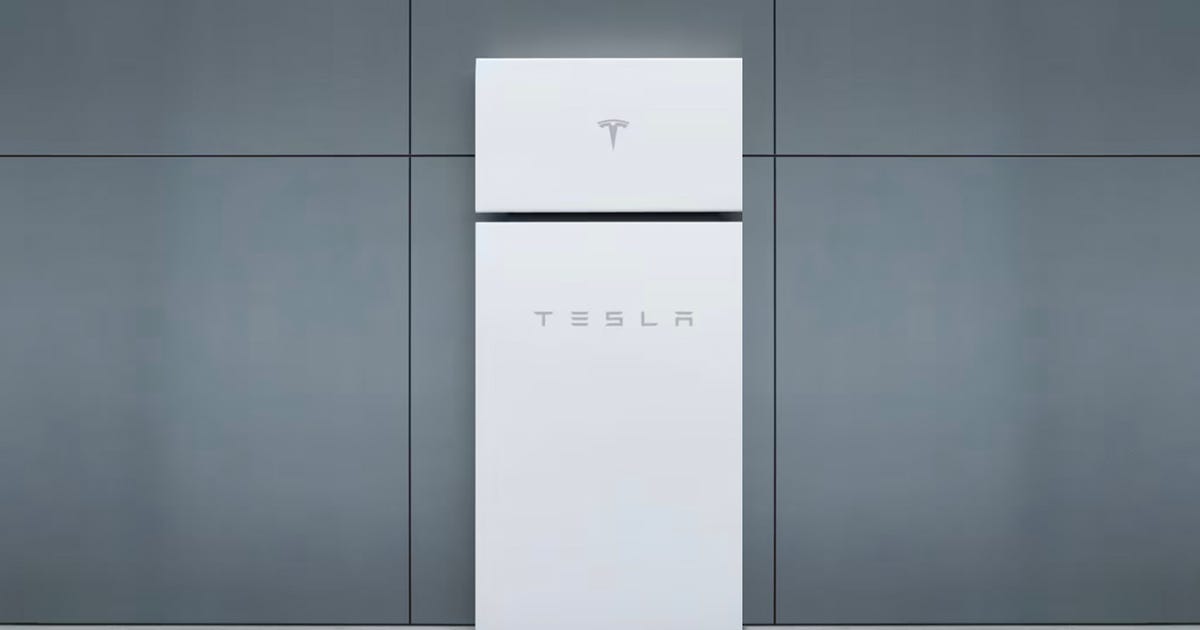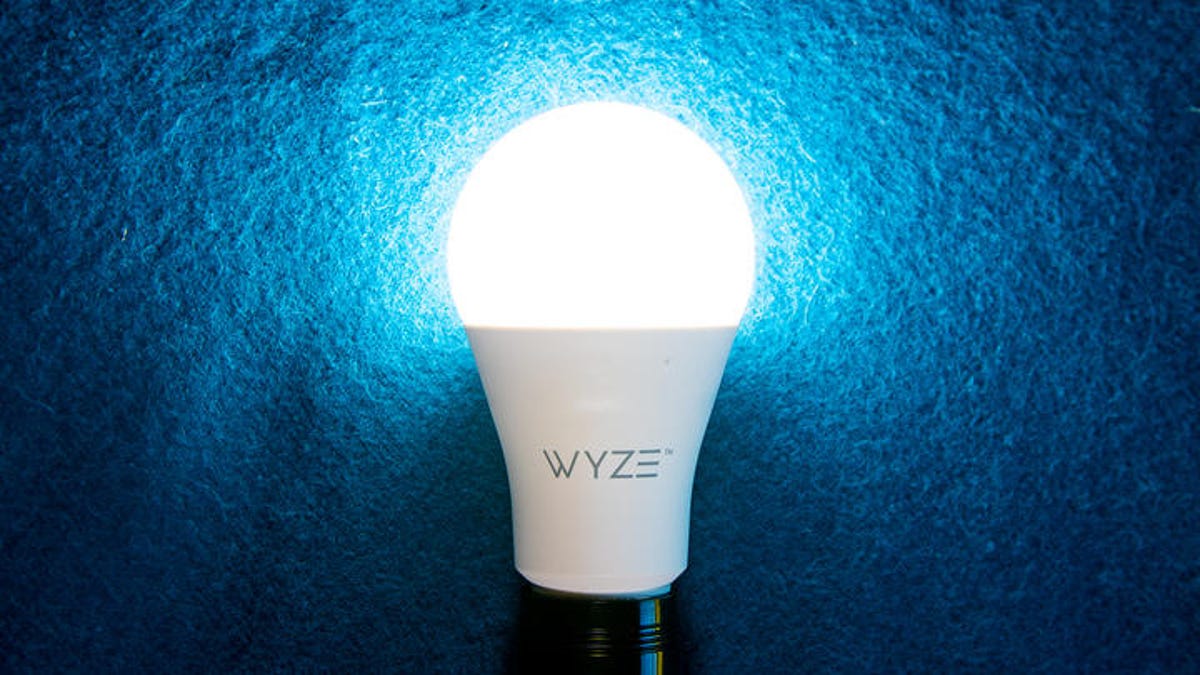
Your Electric Bills Are Likely to Skyrocket This Summer. Here Are 23 Ways to Save
Stop spending so much on electricity
You've probably noticed that your gas and electric bills have been more costly than usual this year. According to the US Energy Information Administration, these electricity prices are only going to increase more significantly throughout the summer.
In fact, the EIA estimates the Northeast regions could see a $100 increase in wholesale electricity over last year. And other regions across the country are seeing rising prices too.
If you're looking for ways to cut down on utility costs, there are plenty of simple measures you can take to lower your energy bills from turning off the lights to doing laundry the cost-efficient way. Here are the top 23 ways to start saving now.
Use your dishwasher
Dishwashers may use electricity, but they save more energy, money, water and time than washing dishes by hand.
According to the California Energy Commission, using an Energy Star-qualified dishwasher instead of hand washing can save you 5,000 gallons of water and $40 in utility costs each year, on average, not to mention 230 hours of your time.
Air-dry your dishes
Opt out of the heat-dry cycle on your dishwasher. Instead, crack open the door and let your dishes air-dry. If your dishwasher has an air-dry option, use that instead of heat-dry.
Air drying plates can reduce your dishwasher's energy use by 15% to 50%, according to the California Energy Commission.
Get 'em clean
These dishwasher tips won't save electricity if you have to repeat loads because the dishes just won't get clean. That's why you need to make sure to load the dishes correctly.
For example, you should place plates in the bottom rack, bowls on the top rack and cups upside-down. Pots and other large items should be washed separately.
Use a fan
If you live in an area of the world where the summers are hot, turn on your ceiling fans instead of touching the thermostat. Using a ceiling fan can make a room feel 10 degrees Fahrenheit cooler, and a fan uses 10% of the energy that a central air conditioner does, according to the US Natural Resource Defense Council.
Use a smarter bulb
If you haven't switched to LED lighting, now is the time. The US Department of Energy says that LED bulbs use at least 75% less energy -- and last 25 times longer -- than incandescent lighting. That equals a lot of savings over time.
Use motion to stop waste
If you're constantly following family members from room to room and turning off lights behind them, a little automation can save you time and money. One solution could be motion detectors, like GE's LED Plus lineup or Ring's smart outdoor lights. They turn on when they sense someone's in the room and turn off when no movement is detected.
Turn off the burner a little early
According to the California Energy Commission, if you turn off the burner early, the stove will release enough heat to finish up whatever you're cooking and save electricity. This tip works for most dishes, though there are a few exceptions.
Keep your oven closed
Every time you open an oven door while cooking, the internal temperature can drop 25 degrees Fahrenheit. The oven then has to use more electricity to bring the temperature back up. To save electricity, peek through the window and rely on the oven's light instead of opening the door.
Use a smart plug
You may think that your electronics and appliances are energy-efficient, but you might be using more electricity than you think.
The TP-Link Kasa Smart Wi-Fi Plug Mini is a gadget that plugs into your wall; you can schedule it to turn your electronic devices on and off automatically.
Put it on standby
Putting your electronics on standby saves more money than leaving them on 24/7, but it still uses a substantial amount of electricity.
According to the US Department of Energy, electronics on standby account for 10% or more of your electricity bill.
Better yet, get a strip
One of the best ways to control these power wasters is by plugging them into a power strip or a smart outlet like the TP-Link Kasa Smart Wi-Fi Power Strip.
Just switch the strip off or use the smart switch's app to turn off electricity guzzlers when you go to bed or you're not home.
Check your thermostat location
While you're considering a programmable thermostat, check your current thermostat's location. It could be on the wrong wall.
Drafts, direct sunlight and other factors can trigger your AC or furnace to kick on when it doesn't need to. Here's the perfect place to put your thermostat.
Baby your dryer
The California Energy Commission says that dryers use approximately 6% of a home's total electricity usage. You can help your dryer work more efficiently by keeping it clean, and emptying the lint trap after each load is one of the most important things you can do to stop a dryer from working harder than necessary.
Here's more on how to deep-clean your dryer and your dryer vent.
Go cold
Start using cold water when you wash laundry. Why? Because 90% of the electricity used to wash a load goes toward heating the water, according to Consumer Reports.
The Alliance to Save Energy also says washing clothes in cold water can save you $63 a year on electricity bills. Most detergents are designed to work better in cold water, anyway, so this is an easy swap to make.
Switch out your showerhead
Switching to a 2.5-gallon-per-minute (low-flow) showerhead and taking a 10-minute shower not only saves you 5 gallons of water over taking a bath, it also saves up to $145 each year in electricity, according to Energy Star.
Source
Tags:
- Your Electric Bills Are Likely To Skyrocket Juniper
- Your Electric Bills Are Likely To Skyrocket Crossword
- Your Electric Bills Are Likely To Skyrocket Moji
- Your Electric Bills Are Likely To Be
- Your Electric Bills Are Formally Introduced
- Your Electric Bills Are Piling
- How To Lower Your Electric Bills
- How To Cut Your Electric Bills
- Do You Have To Pay To Charge Your Electric Car
- Choose Your Electric Company In Texas






